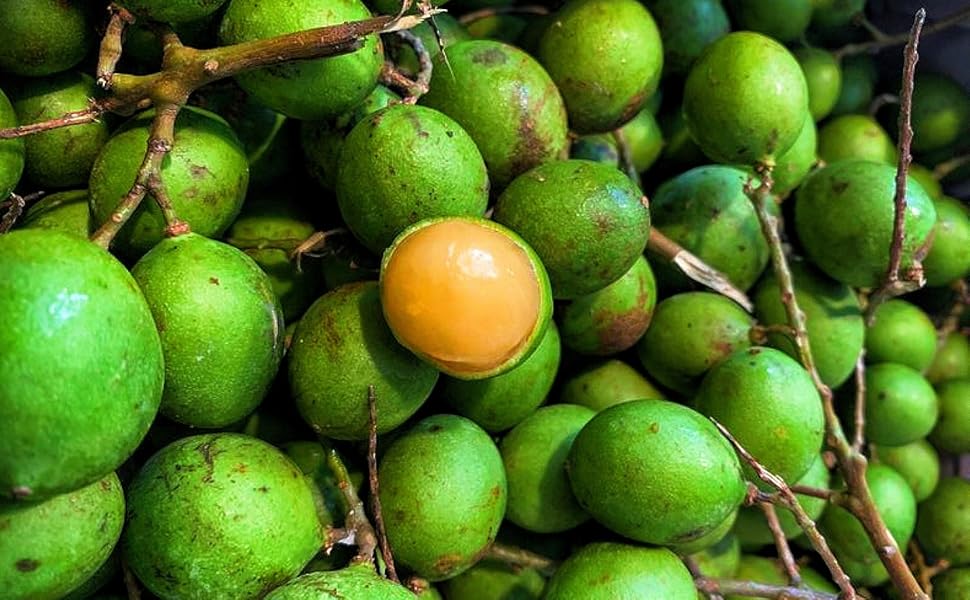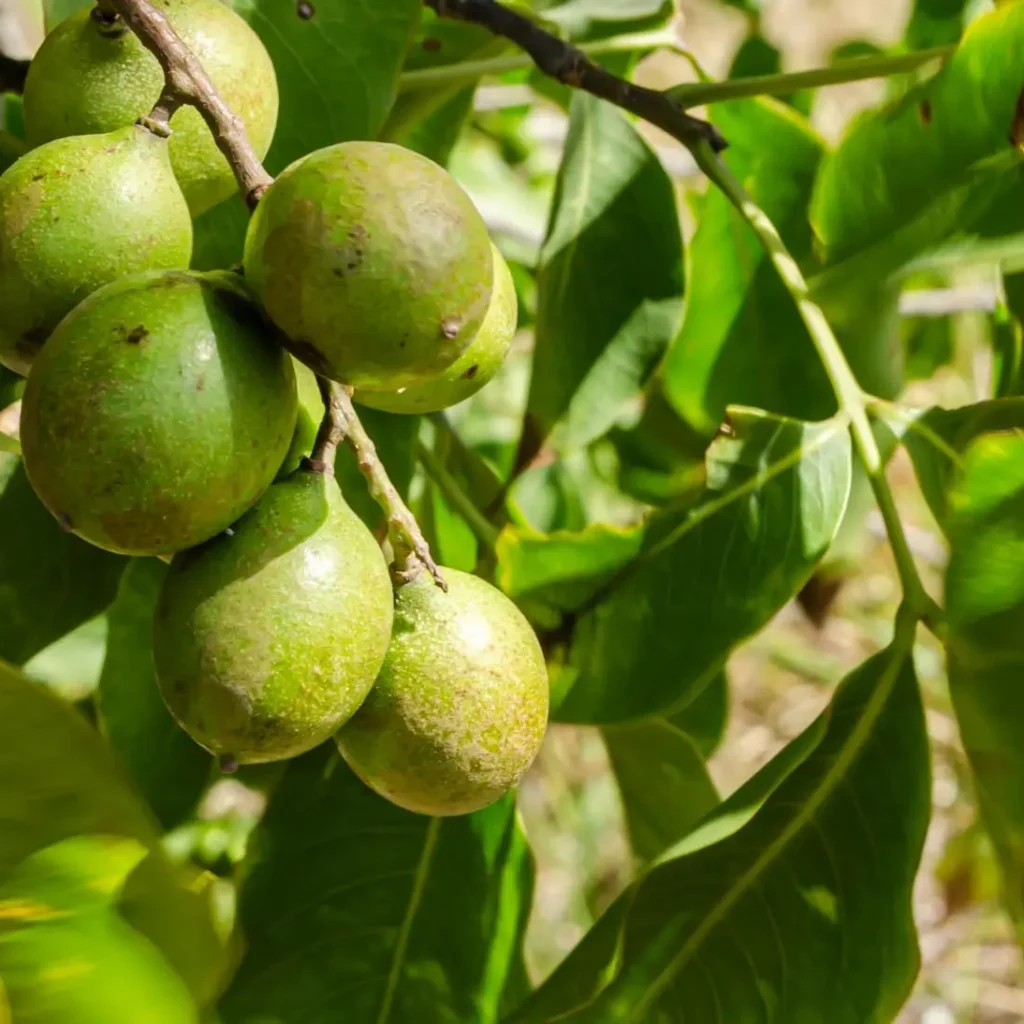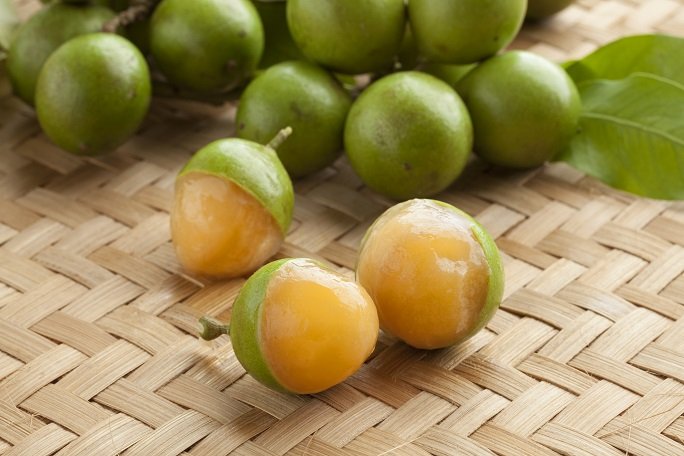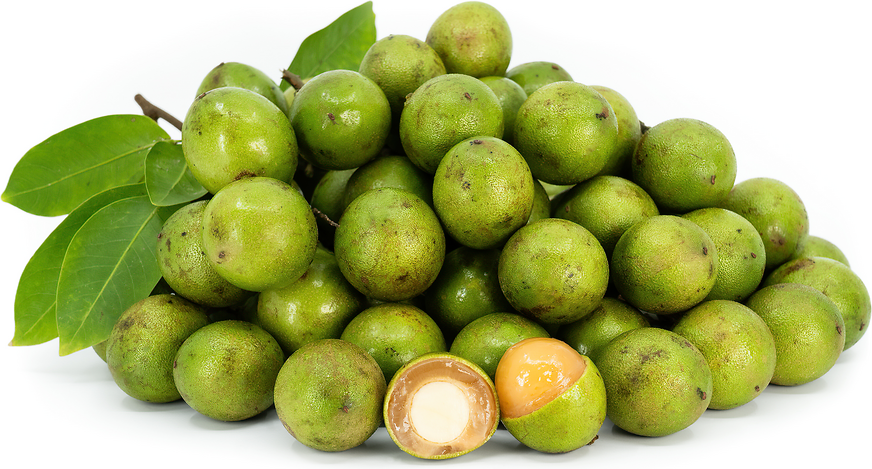The world of tropical fruits is filled with exotic, flavorful varieties that have captured the attention of food lovers and health enthusiasts alike. Among these is the fascinating Mamoncillo, also known as Spanish Lime, Genip, Quenepa, Limoncillo, or Guinep in various parts of the Caribbean and Latin America. Its tangy-sweet pulp and refreshing taste make it a beloved summer treat in many tropical countries. But where does this unique fruit thrive the most, and which country leads in its production? In this article, we’ll uncover which country is the largest Mamoncillo producer in the world, along with fascinating details about its origins, cultural significance, and global market.
What is Mamoncillo (Spanish Lime)?

Mamoncillo (Melicoccus bijugatus) is a tropical fruit-bearing tree native to northern South America and the Caribbean region. Despite being called Spanish Lime, it isn’t a type of lime at all. Instead, it’s a small, round fruit with a thin green skin and a juicy, tangy-orange or salmon-colored pulp that encases a large seed.
- Scientific Name: Melicoccus bijugatus
- Common Names: Mamoncillo, Spanish Lime, Genip, Quenepa, Limoncillo, Guinep
- Native Region: Northern South America, Caribbean
- Uses: Fresh consumption, beverages, jellies, traditional medicine
Mamoncillo is typically enjoyed by cracking the fruit’s thin outer shell between the teeth and sucking the pulp surrounding the large seed. It’s prized for its sweet-tart flavor and refreshing quality, especially in hot tropical climates.
Largest Mamoncillo Producer in the World: Dominican Republic
After examining agricultural reports, trade records, and regional production statistics, it’s clear that the Dominican Republic holds the title of the largest Mamoncillo (Spanish Lime) producer in the world. The fruit is widely grown across the country, where it holds both cultural and commercial importance.
Why the Dominican Republic?
Several reasons explain the Dominican Republic’s leadership in Mamoncillo production:
- Ideal Climate: The country’s tropical climate with ample rainfall and fertile soils is perfect for Mamoncillo trees.
- Cultural Importance: Mamoncillo is a beloved seasonal fruit throughout the Dominican Republic, commonly sold by street vendors during the summer months.
- Widespread Cultivation: The fruit is cultivated both commercially and in backyard orchards, particularly in the Cibao Valley and southern coastal plains.
- Growing Export Market: Increasing demand in the United States and Caribbean diaspora markets has led to higher production for export.
Geographic Distribution of Mamoncillo in the Dominican Republic

Mamoncillo trees grow abundantly in several key regions of the Dominican Republic, including:
- Santo Domingo Province
- San Cristóbal
- Santiago
- San Pedro de Macorís
- La Vega
- Duarte
The fruit is typically harvested during the hot summer months from June to September, with peak season in July and August.
Mamoncillo in Dominican Culture
Mamoncillo holds a special place in the hearts of Dominicans. It’s not just a fruit — it’s a symbol of childhood nostalgia and community gatherings.
- Street Food Staple: During the summer, vendors sell bunches of Mamoncillo tied together with string on street corners and at public markets.
- Social Bonding: Eating Mamoncillo is often a shared experience, with friends and family gathering to enjoy the seasonal delicacy.
- Traditional Remedies: In Dominican folk medicine, Mamoncillo pulp and seeds are believed to have digestive and calming properties.
Popular uses of Mamoncillo in the Dominican Republic include:
- Fresh Snacking
- Juices and Refreshing Beverages
- Mamoncillo Jellies and Sweets
Is Mamoncillo Cultivated Outside the Dominican Republic?

Yes — while the Dominican Republic leads global production, Mamoncillo is widely grown across the Caribbean and parts of Central and South America.
Other Notable Mamoncillo Producers:
- Puerto Rico: A popular street food, known locally as Quenepa.
- Cuba: Commonly enjoyed fresh and as a refreshing drink.
- Jamaica: Known as Guinep, often consumed chilled during summer.
- Haiti: Cultivated widely for both local consumption and export.
- Colombia and Venezuela: Native regions where Mamoncillo trees grow in the wild and in home gardens.
- Mexico: Cultivated in southern states such as Yucatán and Chiapas.
In the United States, particularly South Florida, small orchards and backyard growers cater to Caribbean and Latin American communities who crave a taste of home.
Global Market and Export Demand
As Caribbean and Latin American populations have spread globally, so has the demand for native fruits like Mamoncillo. The United States, particularly in states like New York, Florida, and New Jersey, has seen rising imports of fresh Mamoncillo during the summer months.
The Dominican Republic exports the majority of its surplus harvest to:
- United States
- Puerto Rico
- Haiti
- Spain (Caribbean diaspora communities)
The fruit’s short shelf life limits its availability outside the growing regions, but improved refrigeration and air transport methods have made it more accessible in international markets in recent years.
Challenges Facing Mamoncillo Production

Despite its popularity, Mamoncillo production faces several challenges:
1. Limited Commercial Farming
Most Mamoncillo is still grown on small farms or in backyard orchards. Large-scale plantations remain rare, making consistent, high-volume production difficult.
2. Short Shelf Life
The fruit is highly perishable, with a shelf life of just a few days at room temperature, complicating export logistics.
3. Climate Sensitivity
Although hardy, Mamoncillo trees can be affected by prolonged droughts and hurricanes, both of which have become more frequent in the Caribbean due to climate change.
Government and Agricultural Initiatives
Recognizing the importance of native fruits like Mamoncillo, the Dominican government and agricultural cooperatives have launched several initiatives:
- Farmer Training Programs: Educating growers on best practices for pruning, pest control, and post-harvest handling.
- Crop Diversification Campaigns: Encouraging farmers to plant Mamoncillo alongside other tropical fruits.
- Export Support: Facilitating partnerships with international importers and improving cold storage infrastructure.
These programs aim to preserve traditional fruit varieties while boosting rural economies and export earnings.
Nutritional and Medicinal Benefits of Mamoncillo

Mamoncillo isn’t just a flavorful snack — it’s also packed with nutritional benefits:
- Rich in Vitamin C: Boosts immunity and skin health.
- Contains Antioxidants: Helps combat free radicals and inflammation.
- Good Source of Fiber: Aids digestion and gut health.
- Traditional Uses: Used in folk remedies to treat stomach issues, fever, and insomnia.
The seeds, though typically discarded, are sometimes roasted and consumed in parts of the Caribbean.
Future Prospects for Mamoncillo Cultivation
As global interest in exotic and tropical fruits grows, Mamoncillo has the potential for wider international recognition:
- Product Development: Potential for Mamoncillo-based juices, jams, candies, and frozen products.
- Health Food Market: Positioned as a vitamin-rich, low-calorie natural snack.
- Agro-Tourism: Featuring Mamoncillo orchards in Caribbean culinary and eco-tourism experiences.
With continued investment in cultivation techniques, post-harvest technology, and marketing, Mamoncillo could soon enjoy a more prominent place in global tropical fruit markets.
Final Thoughts
To conclude, the Dominican Republic proudly stands as the largest Mamoncillo (Spanish Lime) producer in the world, thanks to its ideal climate, cultural reverence for the fruit, and growing demand both locally and internationally. While other Caribbean nations and Latin American countries also contribute to Mamoncillo’s popularity, none match the Dominican Republic’s production scale and market influence.
As consumers continue to seek out authentic, flavorful, and healthful tropical fruits, Mamoncillo’s refreshing, nostalgic charm ensures it will remain a treasured favorite across the Caribbean — and beyond.





Leave A Comment